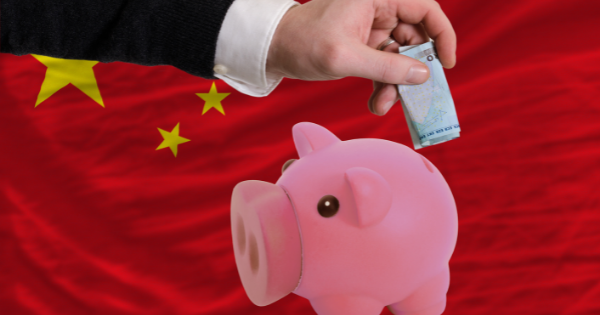
In 2020, China’s efforts to lure foreign funds into its borders finally paid off. Investors from New York to London clamored for its stocks and bonds, cementing the nation’s position on the global stage.
Against the wreckage of the global economy and with unprecedented stimulus unleashed by central banks, China’s resilience to the coronavirus and its higher-yielding assets looked attractive. The result was a 62% increase in overseas holdings of local stocks from a year earlier to 3.4 trillion yuan ($520 billion), a 47% fillip for the bond market to 3.3 trillion yuan, and the Chinese currency’s best quarter in more than a decade. Foreign investors bought another net $53.5 billion worth of Chinese debt in January and February this year, according to Gavekal Dragonomics.
But that influx -- and influence -- is now creating a headache for the Communist Party. China has long been paranoid about the risks posed by capital flows, especially after a messy currency devaluation in 2015, which is why authorities maintain strict controls on money entering and leaving the country. The scale of the inflows places the country at risk of asset bubbles, which would burst were that money to start pouring out.
“The moment this demand becomes too big to manage and starts to pressure financial stability -- or create a threat or risk to financial stability -- it will be curbed,” said Paola Subacchi, professor of International Economics at the University of London’s Queen Mary Global Policy Institute and author of ‘The People’s Money: How China Is Building a Global Currency.’
Foreign presence in modern China’s capital markets has never been so great: Beijing has in recent years carved out channels to let funds in, opening stock and bond trading links via Hong Kong and pushing for the inclusion of yuan-denominated assets in major global benchmarks. The overarching goal was to help make markets more efficient and powerful. Institutions such as pension funds would provide stability to a stock market reliant on speculators while boosting liquidity in a moribund sovereign bond market.
The global pandemic stimulus has in some ways made China a victim of its own success. This was illustrated by a November report compiled by the Asian Consultative Council of the Bank for International Settlements, which looked at the impact of capital flows. The People’s Bank of China, one of 12 central banks in the working group, noted that “sharp exchange rate fluctuations and large capital flows would threaten financial stability and have negative real economic consequences.”
After last year’s vast inflows, those concerns are now starting to resonate in China’s onshore markets. Expectations of strong growth in the U.S. economy have begun driving Treasury yields higher, narrowing the premium offered by Chinese debt by about 1 percentage point since a record in November. They’re also buoying the dollar and punishing the yuan, which in March weakened about 1.3%. The CSI 300 Index of stocks has fallen more than 10% from this year’s high. The risk of a comeuppance is building.
“Outflows are always an important worry,” said David Qu, an economist at Bloomberg Economics. “Authorities may also be worried that inflows, particularly hot money, may become outflows once market conditions change.”
